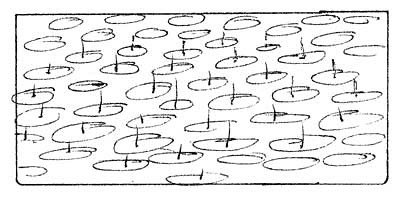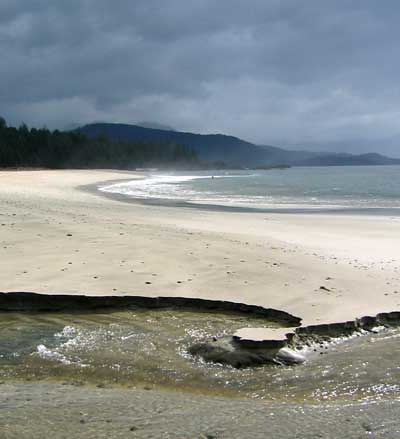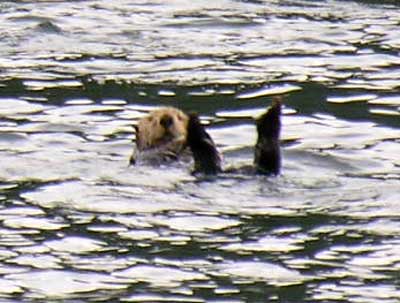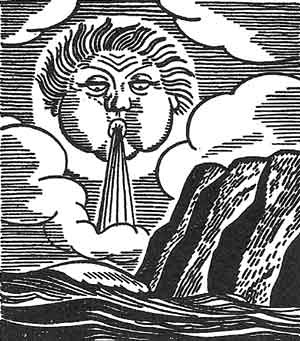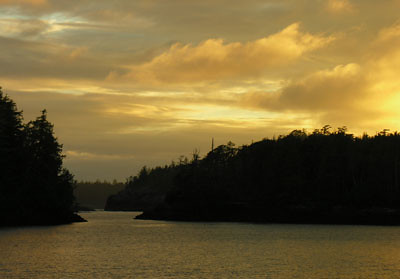Tahsis and the Vegetable Truck
 We have made a stop in Tahsis, a village on an inlet that cuts into Vancouver Island north of Nootka Sound. Tahsis once had a large lumber mill, and a population of 3000. The mill is gone, and the population has dropped to 300. Most of the activity here centers around sports fishing, and we are tied up to a friendly marina mostly catering to fishermen. For us, the most exciting attraction in Tahsis (apart from the wireless internet) has been the arrival today of the vegetable truck.
We have made a stop in Tahsis, a village on an inlet that cuts into Vancouver Island north of Nootka Sound. Tahsis once had a large lumber mill, and a population of 3000. The mill is gone, and the population has dropped to 300. Most of the activity here centers around sports fishing, and we are tied up to a friendly marina mostly catering to fishermen. For us, the most exciting attraction in Tahsis (apart from the wireless internet) has been the arrival today of the vegetable truck.In small towns all along the coast of BC, we have encountered these vegetable trucks. Usually they show up once a week in the summer, bringing a load of fresh produce from truck farms further east. A few years ago in the Queen Charlottes, we bought fresh peaches from a truck just arrived from the Okanagan Valley (Figure out that trip on your road map!). There is a road to Tahsis, even if the last 40 miles is unpaved. The vegetable truck shortens the time and distance produce has to travel, since the tiny store here gets its produce as the last stop on a slow and long distribution chain. We now have a stash of fresh peaches, melons, beans, and other luxuries. It's a good day in Tahsis.

